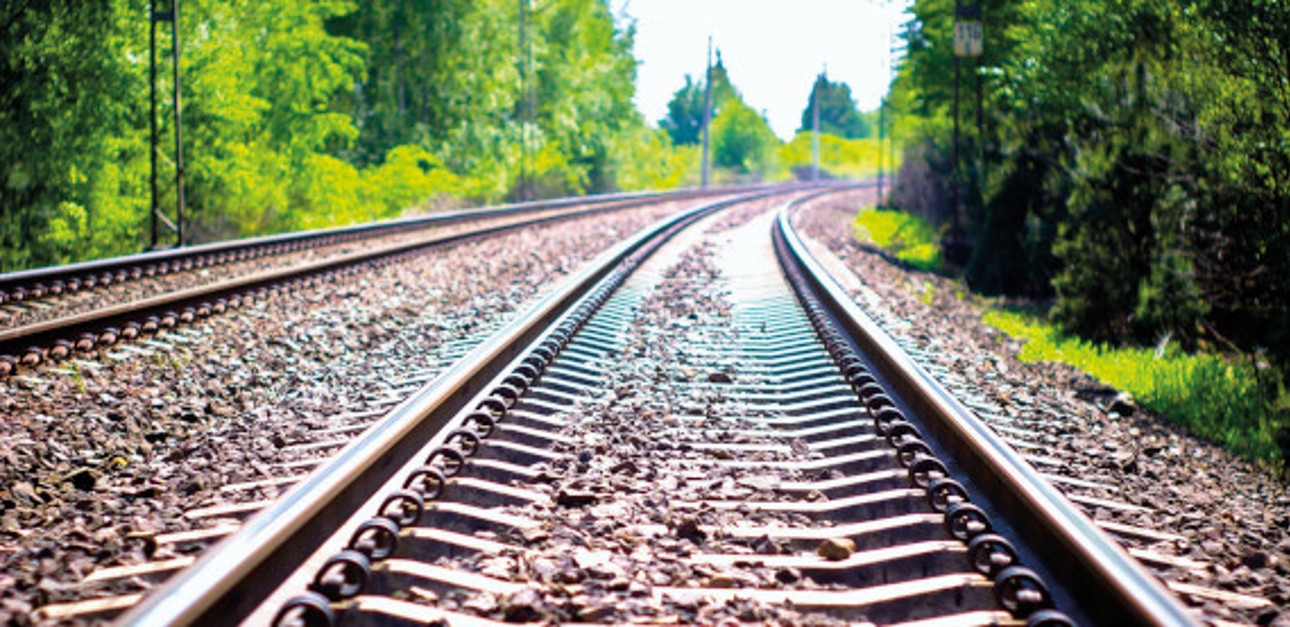Toward more sustainable modes of transportation
Dec 21, 2021
We have estimated that around 4 percent of our environmental impact comes from our supply chain. As part of Valmet’s climate program, our target is to reduce CO2 emissions in our supply chain by 20 percent by 2030. We will achieve this goal with a wide range of actions – for example, by focusing on more sustainable options for freight transportation.

Valmet transports goods globally using a variety of transportation modes, depending on the schedule. This means that the carbon footprint is not only measured from our production and from the technology use phase, but also from the supply chain, including transportations and logistics.
“We’ve created a dedicated sustainability working group within Valmet’s global logistics and freight network that focuses on reducing emissions in transportation and packaging. This work is an integral part of our efforts to contribute to our climate program targets for 2030,” says Jens Sjöborg, Director Indirect Procurement & Development at Valmet.
CO2 emissions between transportation modes vary greatly
Sometimes, for example, we need to deliver key components urgently to our projects. Air freight is then needed instead of the slower ocean transportation, which has a much lower environmental footprint. But there is another faster and less polluting way – rail transportation. Routes are easily available, all the way from China to Europe and vice versa.
Although it’s the quickest option, air freight is by far the most CO2-intense way to transport goods. Switching to rail means the emissions are only 5 percent of those of air transportations. A 500-kg shipment by air from Shanghai to Helsinki emits 3.5 tonnes of CO2, compared to only 0.2 tonnes by rail. “If we can switch cargo from air to rail, we can make huge reductions in CO2 emissions. It’s also a more cost-effective alternative to air freight,” says Mats Friis-Liby, Global Category Manager at Valmet.
By ship, cargo takes approximately 40 days to travel from Asia to Europe or vice versa. By air, that journey is between one and five days, depending on the route. And the rail trip is between 15 and 18 days.
Increasing the share of rail freight
“We’re now discussing shipments from Japan to Finland that will take our cargo by ship first from Japan to China, and then connect with the railway from China to Finland. So we have several less polluting ways of connecting Asia and Europe,” says Friis-Liby.
All trains can transport 50 x 40-foot containers. From January to September 2021, container traffic between Europe and China via Russia has increased by 47 percent compared to the same nine-month period in the previous year, giving a total of 568,700 TEUs*.
“We’re always seeking new and more sustainable and efficient ways to transport our products. We can already see our climate program efforts beginning to have a positive effect on our supply chain emissions. With this in mind, we’re aiming to increase the share of rail freight by 3 to 5 percent annually until 2030,” says Sjöborg.
* 1 TEU = (Twenty-foot Equivalent Unit),
source: Silk road Summit 2021/scio.gov.cn
Forward to a carbon neutral future
Valmet's climate program − Forward to a carbon neutral future − includes ambitious CO2 emission reduction targets and concrete actions for the whole value chain, including the supply chain, our own operations, and customers’ use of our technologies. Our target is to reduce CO2 emissions in our supply chain by 20 percent by 2030*.
*Baseline 2019
Air freight reduced by 19 percent in 2020
In 2020, Valmet continued to focus on transportation and logistics services to reduce CO2 emissions caused by indirect purchasing. As part of our target of reducing our goods’ air freight by favoring rail and ocean freight, we were able to cut the number of our air shipments by 12 percent and the total weight of our air shipments by 19 percent.